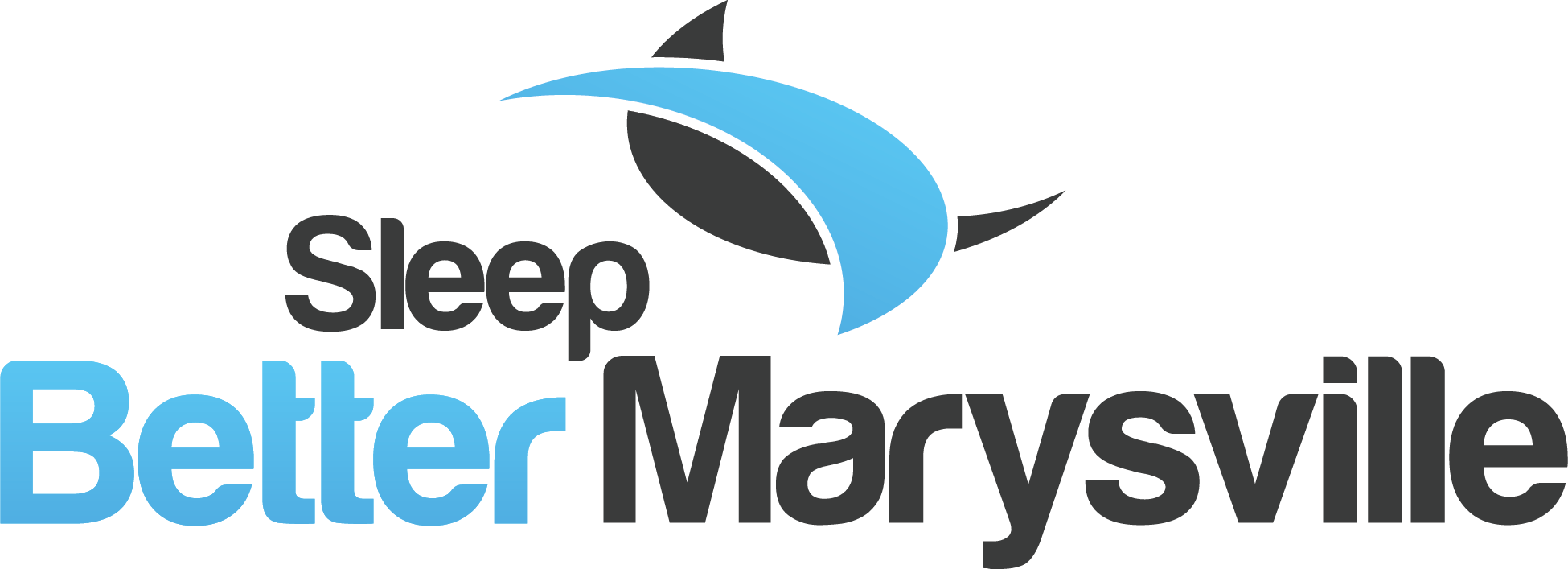Sleep apnea is extremely dangerous if left untreated. This disorder can have a significant impact on multiple organ systems and can even lead to death if not treated. Thankfully, there are several treatment options available to patients. The variety of treatments allows them to find a treatment that not only fits their needs but their budget as well.
What does it cost to treat sleep apnea? These costs may vary with treatment options, including continuous positive airway pressure (CPAP), oral appliances, and surgery. Below is an overview of the costs associated with each treatment for sleep apnea.
Continuous positive airway pressure (CPAP Therapy)
CPAP Machine is replaced every 5 years by insurance.
- CPAP without Humidifier: Ranges from $300-$500
- CPAP with Humidifier: Ranges from $600- $850
- AutoCPAP: Average price is $700-850
- Travel CPAP: Ranges from $250- $1300 (Cash only, not covered by insurance)
Bilevel Machine (more sophisticated models of PAP therapy)
- Bi-Level: Low-end models are $875-$1,000 & standard models are $1,600-$2,000
- Adaptive Servo-Ventilation (ASV): Costs may exceed $3,000- $4,500
Beyond the initial device, there are ongoing supplies needed to continue PAP therapy. These include:
CPAP Mask: Replaced every 3 months: Average $500 a year
Mask Cushion: Replaced every 2-4 weeks: Average $953 a year
Heated Tubing: Replaced every 3 months: Average $172 a year
Standard Tubing: Replaced every 3 months: Average $92 a year
Reusable Filter: Replaced every 6 months: Average $15 a year
Humidifier Chamber: Replaced every 6 months: Average $60 a year
Disposable Filter: Replaced every 6 months: Average $43 a year
**There may be additional supplies required for treatment, depending on your personal needs**
With the required items for PAP treatment therapy, the average cost is around $1,835 a year.
CPAP Cleaner: (Not covered by insurance, and may not be necessary)
- SoClean 2: $400
- Lumin: $250
These extra supplies generally cost less than $20 and up to $50:
- Chinstrap
- Mask Liners
- Gecko nasal pad
- Liquicel cushions
- Strap or tubing wraps or covers
Surgery
In some situations, your doctor may recommend surgery. However, it’s important to understand that surgery isn’t right for everyone. When considering the cost of surgery, you should also include recovery time and any missed work as a result.
There are different types of surgery for sleep apnea and snoring. Surgery may be a multi-step process involving more than one procedure. It is difficult to determine the average costs associated with surgery. A few of the most effective treatments are quite expensive.
- Inspire hypoglossal nerve stimulator maybe $30,000 to $40,000 (with the drive itself costing about $20,000 of this total)
- Maxillomandibular (jaw) advancement: Average cost of $80,000 to $100,000
More minor nasal surgery or throat surgery would be expected to cost significantly less, but may still run up to $10,000.
Oral Appliances
According to the American Academy of Sleep Medicine, any patient that has mild to moderate sleep apnea can go straight to an oral appliance to treat sleep apnea. Severe patients are recommended to try a CPAP first but if they are unable, or unwilling can then try oral appliance therapy. Oral appliances are also recommended for those who do not tolerate CPAP options well.
Oral appliance for sleep apnea: Average cost is $2,500- $4,200
(Medicare replaces every 5 years)
While treating obstructive sleep apnea by any means seems like an added expense, the cost-effectiveness of treatment is much greater than not treating the sleep disorder at all. If left untreated, OSA can result in a number of health-related problems. It can also contribute to worsening life-threatening conditions including stroke, hypertension, heart failure, cardiovascular disease, diabetes, and more.
In addition, sleep disorders such as OSA can lead to costly situations. For example, the excessive daytime sleepiness suffered by untreated OSA patients by getting inadequate sleep regularly causes motor vehicle accidents and workplace accidents. Not only does OSA lead to greater accident risk, but people often suffer in productivity losses making them less proficient in the home and the workplace.
While patients may be reluctant to pay any out-of-pocket costs for OSA care, the results of numerous studies in regard to the long-term financial costs of not treating the disease are much greater. Thankfully, advances in sleep medicine and the health care system now provide a variety of treatment options for those suffering from mild to severe OSA. Everything from CPAP treatment, to getting to normal body weight, to oral devices can help treat sleep apnea.
It’s important for your quality of life and long-term health to treat sleep apnea with one of the above methods. The cost of untreated sleep apnea is far greater than that of treatment.
